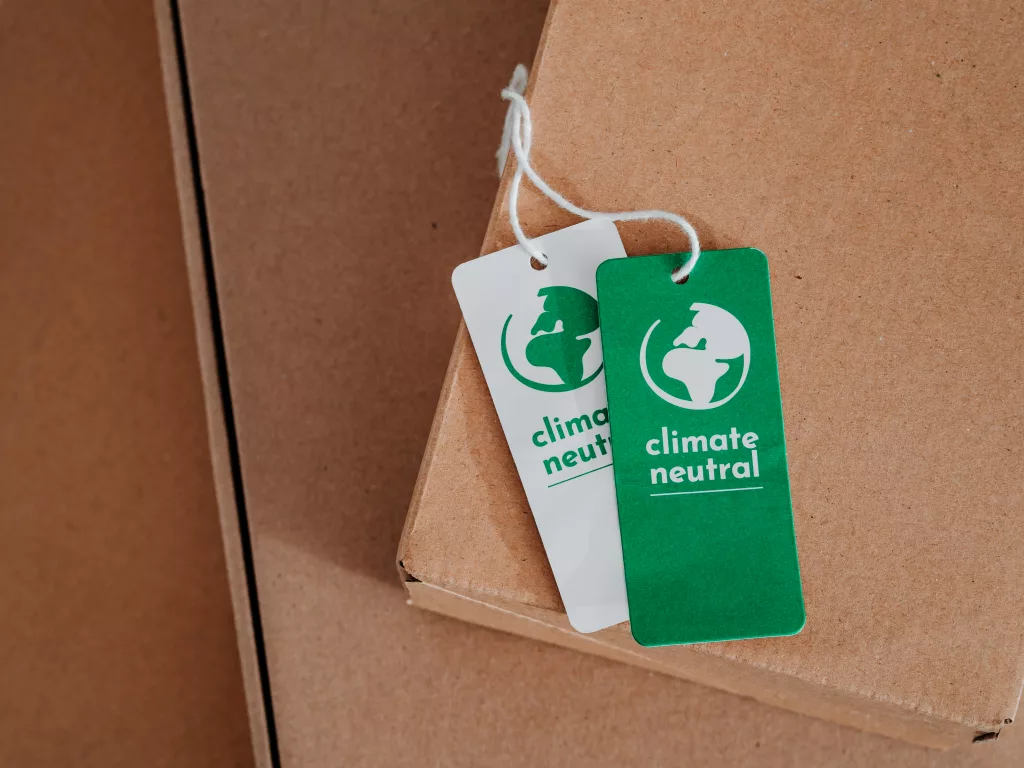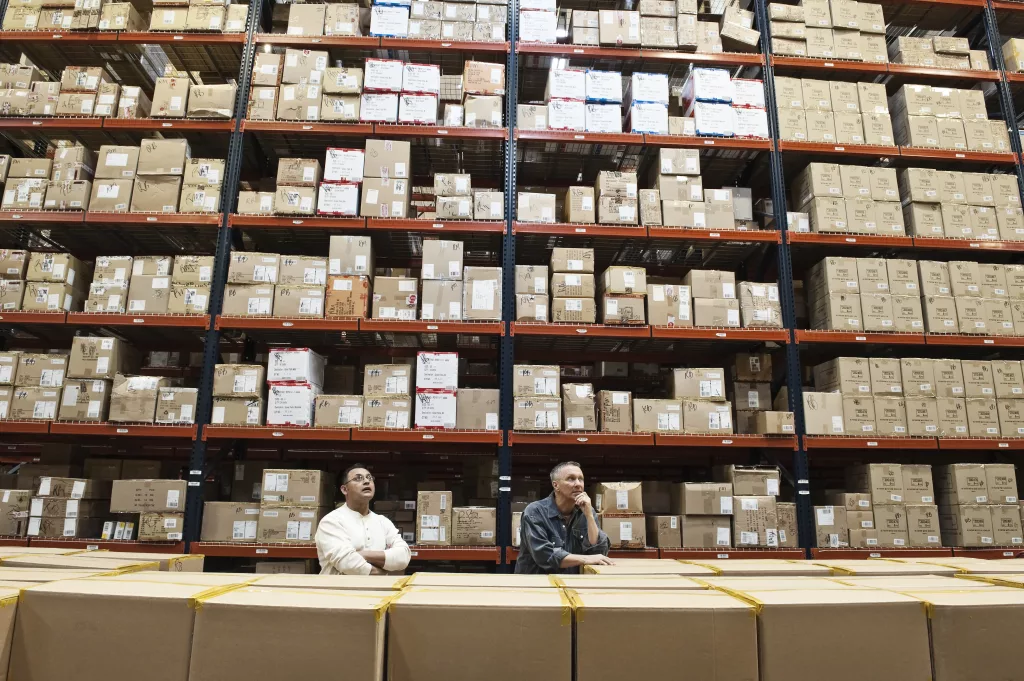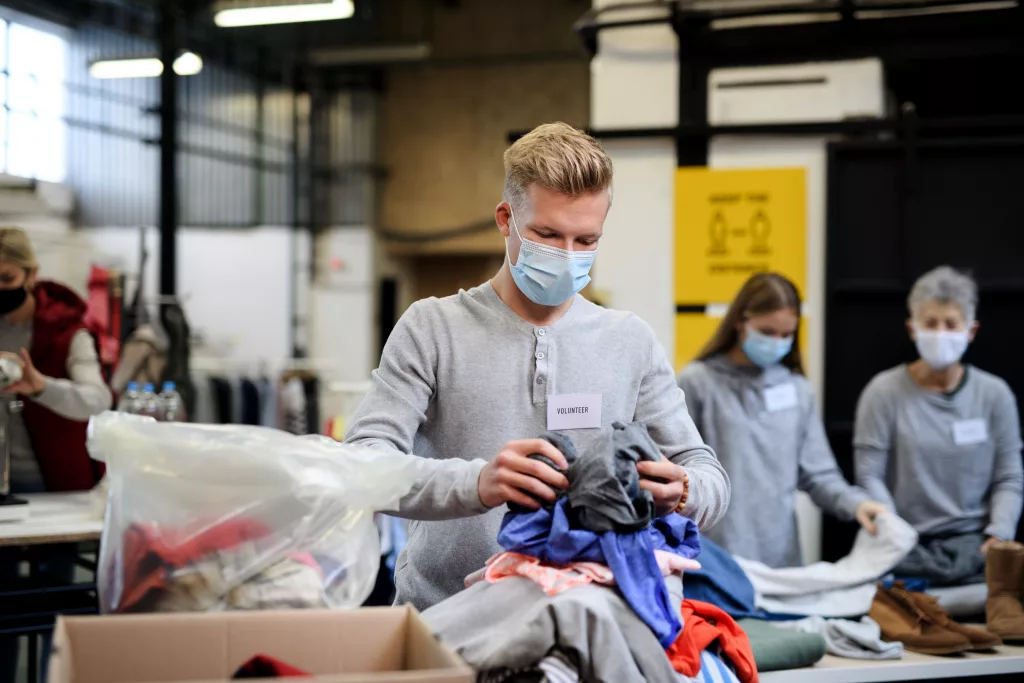As sustainability becomes an ever-growing priority for businesses, the priority in the modern landscape is how returns and excess inventory can be managed in environmentally responsible ways. In today’s consumer-driven market, and with the prevalence of online shopping, returns are inevitable, and overstock situations can arise.
However, with thoughtful strategies, these aspects of commerce can be transformed into opportunities for sustainability.
Sustainable Returns & Customer Service
Returns are a significant aspect of the retail landscape, particularly in e-commerce. However, they often come with a hefty environmental cost, from the carbon emissions of shipping to the waste generated by returned items that cannot be resold. But returns don’t have to be detrimental to the planet. By implementing a few key strategies, businesses can make their return processes more sustainable:
Simplifying Return Policies
Clear and straightforward return policies not only enhance customer satisfaction but also help reduce unnecessary returns. When customers have the right information upfront (like detailed product descriptions and accurate size guides), they are less likely to make a purchase they’ll later want to return.
Eco-Friendly Packaging and Recycling Options


By offering eco-friendly packaging and giving customers options to recycle or donate unwanted items, businesses can mitigate the environmental impact of returns. These initiatives help keep products out of landfills and reduce the overall carbon footprint associated with the return process.
Optimizing Return Logistics
Consolidating shipments and selecting greener transportation methods can significantly reduce the carbon emissions related to returns. This logistical improvement ensures that returns are handled efficiently, with minimal environmental impact.
Reselling Return Pallets


Another innovative approach is the resale of return pallets. Instead of discarding returned goods, businesses can resell them, extending the lifecycle of products and reducing waste. This practice not only supports sustainability but also contributes to a circular economy where goods are reused rather than disposed of.
Managing Excess Inventory and Hidden Opportunities


Excess inventory is another area where sustainability can be driven through strategic management. Overstock situations can lead to waste if not handled properly, but with careful planning and sustainable practices, businesses can minimize the environmental impact of excess inventory:
Accurate Demand Forecasting
The first step in managing inventory sustainably is to prevent overstocking in the first place. By accurately forecasting demand, businesses can ensure they have just the right amount of stock to meet customer needs, reducing the likelihood of excess inventory.
Sustainable Sourcing
Choosing suppliers who prioritize sustainability—such as those using recycled materials or reducing energy consumption—can make a significant difference in the environmental impact of your inventory. This approach supports a more sustainable supply chain from the very beginning.
Just-In-Time (JIT) Inventory Management
JIT inventory management practices help businesses maintain optimal stock levels, reducing the risk of excess inventory. By receiving goods only as they are needed for production or sales, businesses can minimize waste and reduce storage costs.
Leveraging Technology
Advanced inventory management systems enable businesses to track stock levels accurately and make informed purchasing decisions. This technological approach ensures that surplus inventory is kept to a minimum, and resources are used efficiently.
Best Practices for Sustainability


When it comes to handling return inventory, businesses can adopt practices that support sustainability:
Careful Assessment of Returned Items
Not all returned items are created equal. By carefully assessing the condition of returned products, businesses can determine whether they should be restocked, refurbished, or recycled. This approach ensures that goods are handled in the most sustainable way possible.
Efficient Sorting Systems
Implementing efficient sorting systems allows businesses to manage return inventory more effectively. By quickly categorizing items for resale, refurbishment, or recycling, businesses can reduce the environmental impact of returned goods.
Optimizing Return Logistics
As with the return process itself, optimizing the logistics of managing return inventory is crucial. Consolidating shipments, using eco-friendly transport, and minimizing the carbon footprint of inventory management can all contribute to a more sustainable operation.
Analyzing Return Data
Regularly analyzing return data can provide valuable insights into product quality and customer preferences. By understanding the reasons behind returns, businesses can make improvements that reduce future returns, further supporting sustainability.
Sustainability in Every Aspect of Business


Incorporating sustainability into returns and inventory management is not just good for the planet, it’s also good for business. By adopting sustainable practices, businesses can reduce waste, minimize environmental impact, and appeal to increasingly eco-conscious consumers. Whether through optimizing return logistics, reselling return pallets, or carefully managing inventory levels, there are numerous opportunities to drive sustainability throughout the supply chain.
Ready to continue to drive sustainability? For over 25 years Bank & Vogue has been managing the trade of secondhand goods between suppliers and customers around the world. Let’s work together for our environment and give these items new life by clicking here.








